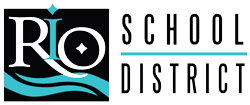What we measure…
What we measure….
Is what we measure what gets done? All that gets done?
Is what we measure what we value?
Is how we measure what we value indicative of what we value and how much we actually value it?
How much do we actually know and care about the actual measuring?
What do our measuring tools say about what we value and how we value?
In asking these questions after thirty two years in public education, teaching, administrating, researching, and thinking I do so to stimulate thoughtfulness among fellow educators, students, parents, and community members in the hope that a deeper,better consideration of the values we assign to school related outcomes might contribute to improvements in schools and better understanding and valuing of schooling in society at large.
What and how we measure and what and how we value things in general is often under considered if not taken for granted. In many instances in both school systems and beyond, people within and outside of the systems accept the valuing and measuring designed and implemented by others. Of course, there are efficiencies in these processes as we allow others to design and implement measures and values for us so that we can consume them or utilize them for various purposes.
As an educator and citizen, I think there are several key ingredients to make sure we bake into the recipe for a proper measurement to serve the learning processes in schools. They include transparency, simplicity, and potential for depth and context. Too often, our overly standardized schools have employed measures with results and techniques that are “black-boxed” and left to statistical experts to determine values. Too often, these and other measures use complexity to barrier the student and their family and sometimes teachers from full understanding of what they measure, how they measure and what they do not measure. Too often the measures are shallowly aimed and devoid of the context necessary to fully express the learner’s knowledge, engagement, and associated skills. Too often, these measurement failings serve to bias the outcomes and their ultimate usage in selection and sorting processes towards the demographic and socio-economic gaps that are currently and long sustained in the American educational system. It seems what we value is curiously and long aligned with socio-economic strata in the society.
Literacies and the command of the English language are pre-eminent in our measures and valuing. Consideration of the place that literacy achievement, targets, standardized and age-based level determinations is one area of great potential for the broader understanding of the measuring and valuing of education. Along with finding the best place to position literacy measurement and valuing, recent trends in education that have begun to value what have come to be named “21st century skills; communication, collaboration, critical thinking, and creativity offer educators, learners, and families the opportunity to include life skills and practices into the mix of what school values while the society at large has fully valued these for many years.
To my mind, the ideal measuring and valuing system is one that is at least understood and accepted by the learners that it measures and values. At best, the measuring and valuing would be designed and created by the learner as guided by their educators and their families.
BLOG CATEGORIES


